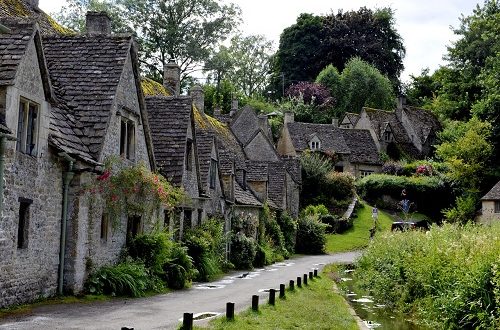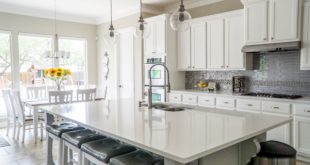The arrival of the railways enabled building materials to be distributed nationally at low cost. Before then, apart from the grand houses for the rich, homes were built with local materials to a local style with local skills, what we call Vernacular. This gives our country the rich diversity of building styles, giving villages and towns their distinctive characters up and down the country.
Vernacular is a Building not an Architectural Style
Vernacular building were rarely the work of architects. Most of what we now consider vernacular were modest homes for workers. Regions, even villages were to evolve distinct local styles. These were tweaked and replicated to suit individual needs and plots as a result we have the higgledy-piggledy street scenes we love. Nationally there are some similarities, small window and room sizes, low rooflines often with dormer windows.
The crucial point about vernacular building is its naturalness. We have stone built houses where stone is plentiful such as the Cotswolds, Cumbria and Yorkshire. Flint where nothing else was suitable. Timber in East Anglia and brick where suitable clay existed. Similarly roofs made use of local materials, thatch being the only option if nothing better was available.
Evolution is another characteristic. Brick infilling replacing wattle and daub on timber frame buildings. Tiles replacing thatch. Porches, dormers and extensions adding interest.
Architects can of course also use local materials, the difference being that the style comes first, dictating the use of materials rather than the other way around. Polite is the apt term, the opposite to vernacular.
Decline
The railways in the nineteenth century were the main catalyst, their impact going far beyond moving people and goods. They made it viable to distribute goods cheaply nationally. Slate became the standard roof material pretty well everywhere. Bricks and tiles, once made locally were now made in bulk losing local colours and sizes. Price rather than localness dictated choice. Workers could move around.
Beyond moving materials, newspapers went national promoting styles and fashions of the day. Some companies had national influence for example the Midland Railway stretching from London to the Scottish borders built worker cottages to a standard design with Derby made bricks.
Through industrialisation, we got standard products such as factory made windows and doors. Workers left the countryside for the cities, taking skills with them. To house workers in the growing cities, home building was an unprecedented scale leading to simple, cheap to build designs.
Revival
Whilst we may admire the grand Palladian style homes and perfect Georgian terraces, both very much examples of Polite Architecture, subconsciously, we love the vernacular style. The architect Edwin Lutyens and others have successfully combined vernacular elements into grand designs. Ironically the Arts and Crafts style whilst promoting vernacular is really pure architecture.
After the concrete decades of the twentieth century, slate, stone and brick are enjoying a revival. Planners and architects are more sympathetic to local styles consequently skylines and street views are more pleasing to the eye. The style of the humble workers cottage of centuries ago still influences today’s architects.
Look out for the local styles as you travel around.
 Homeowners Club If you are one of the 15 million homeowners in the UK, the free to join online Homeowners Club is for you.
Homeowners Club If you are one of the 15 million homeowners in the UK, the free to join online Homeowners Club is for you.






